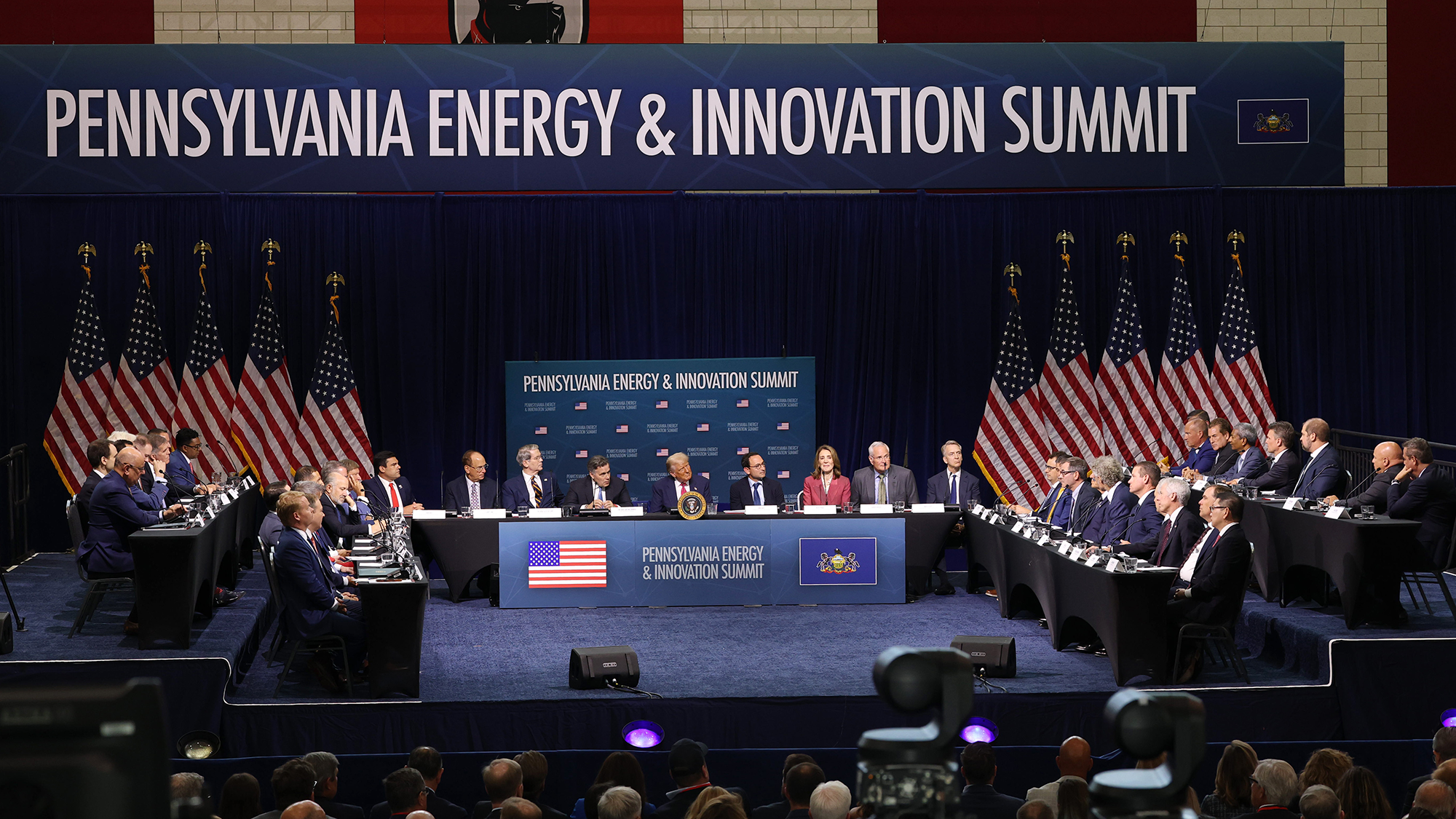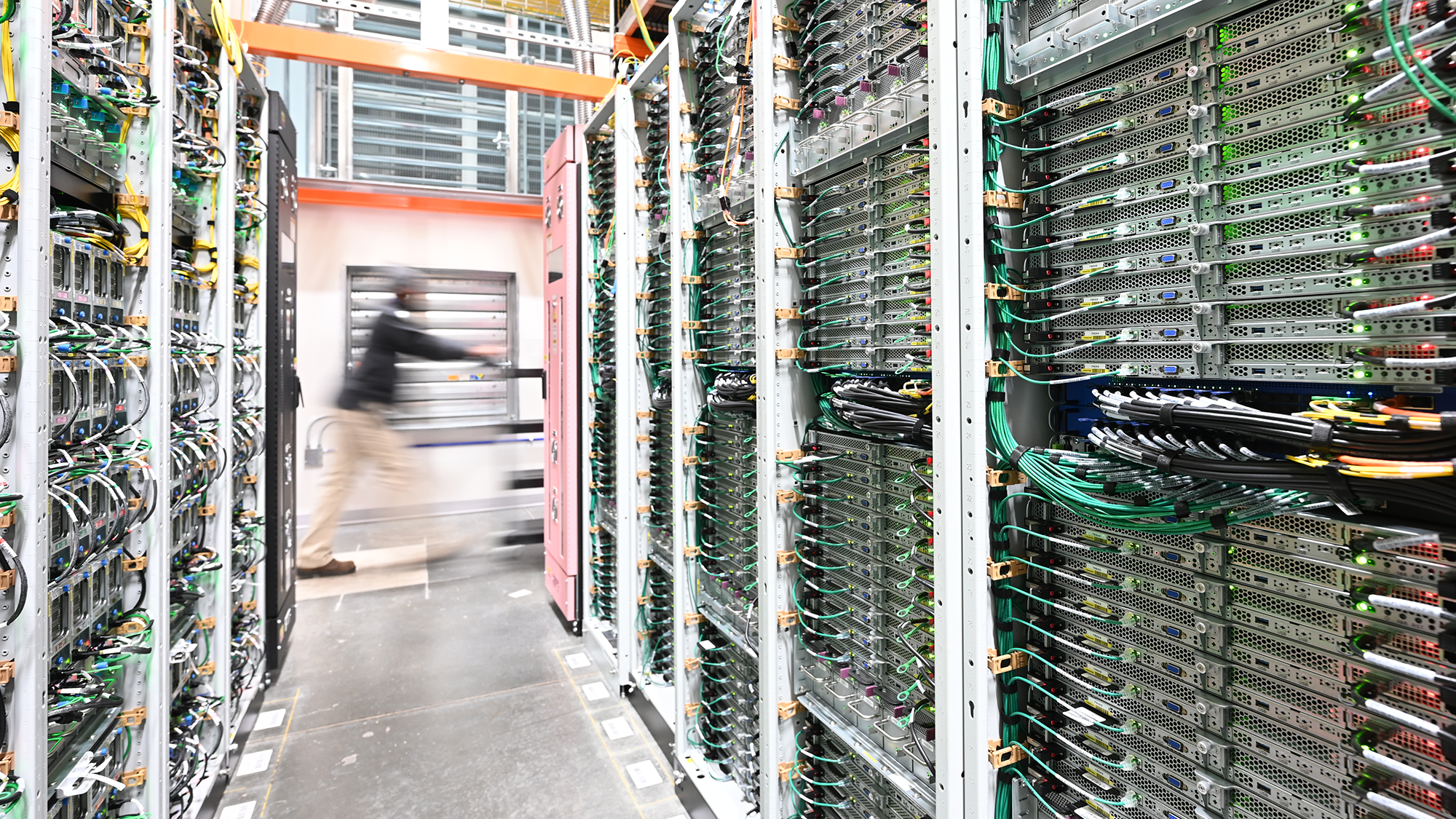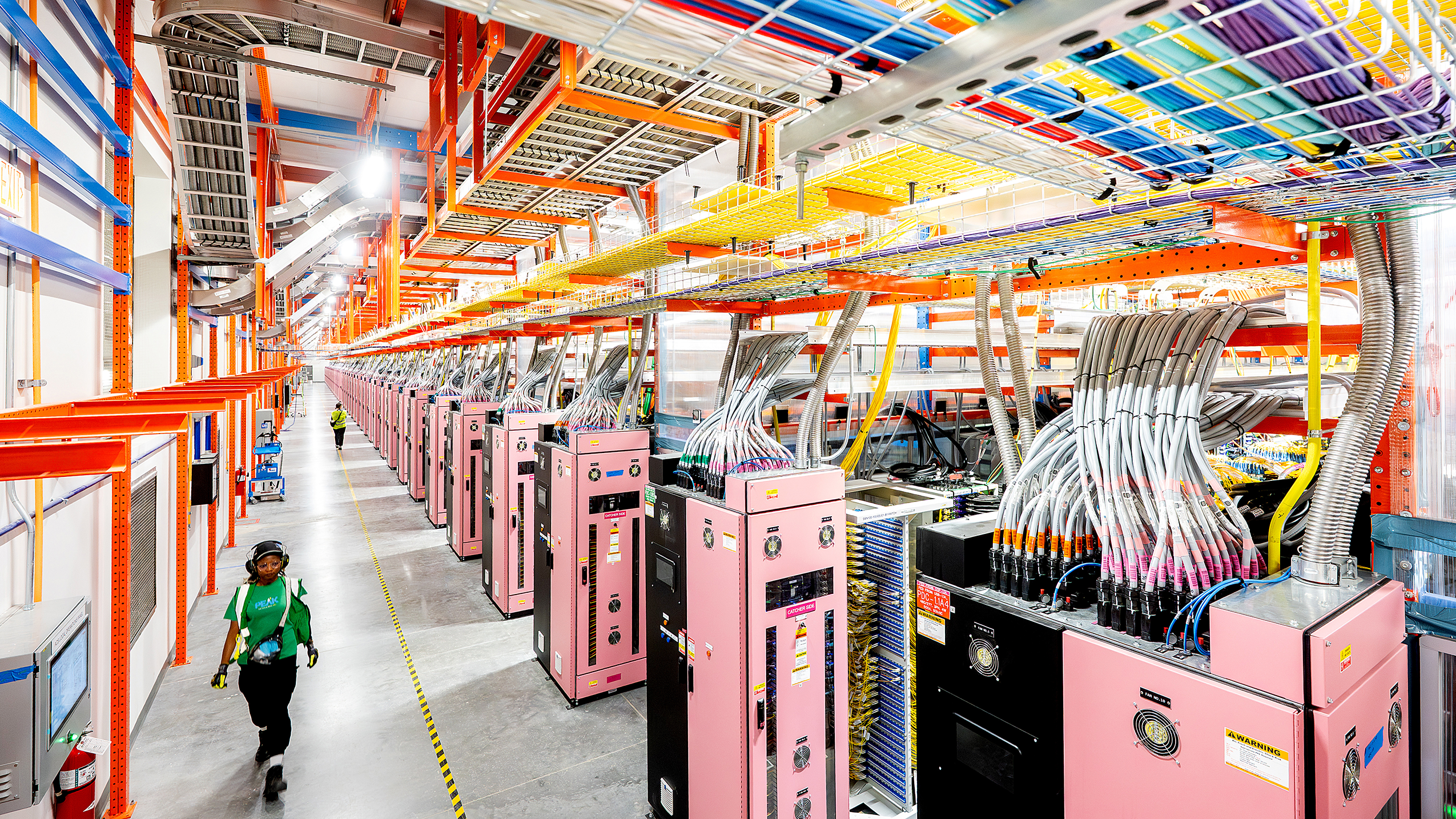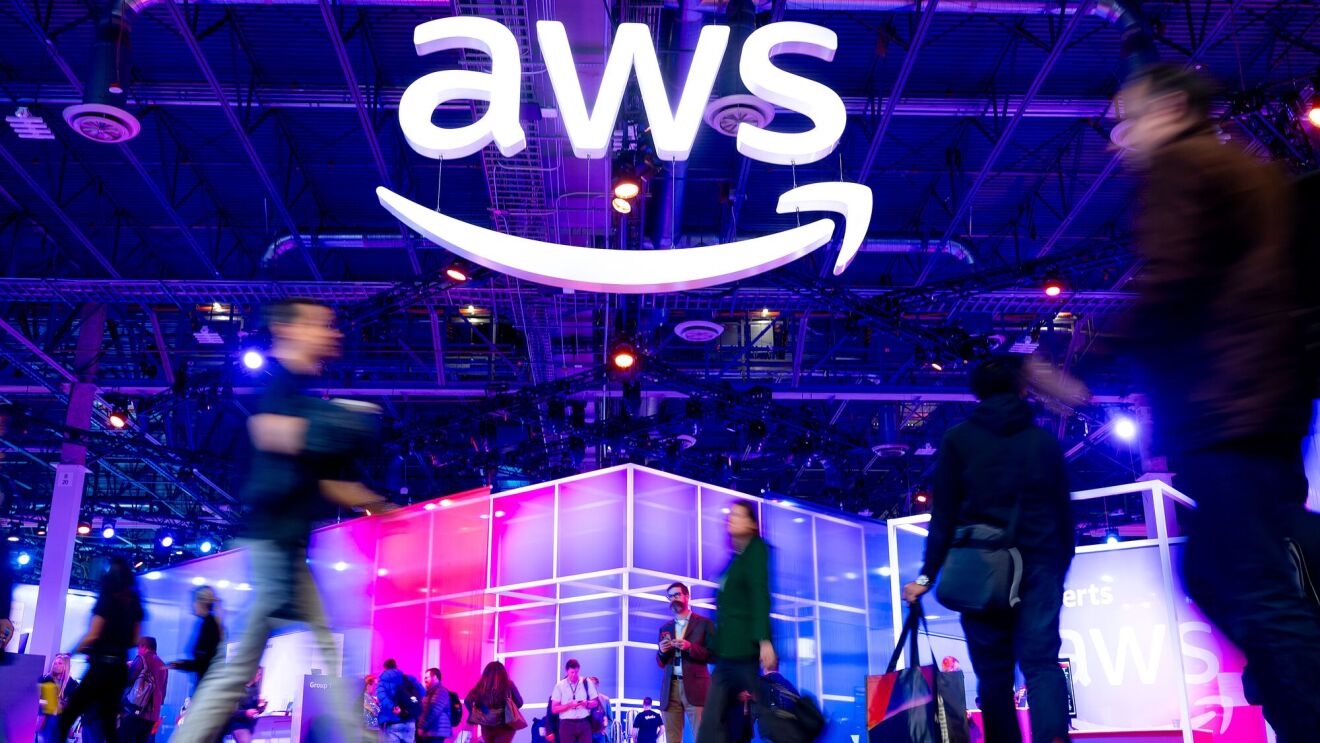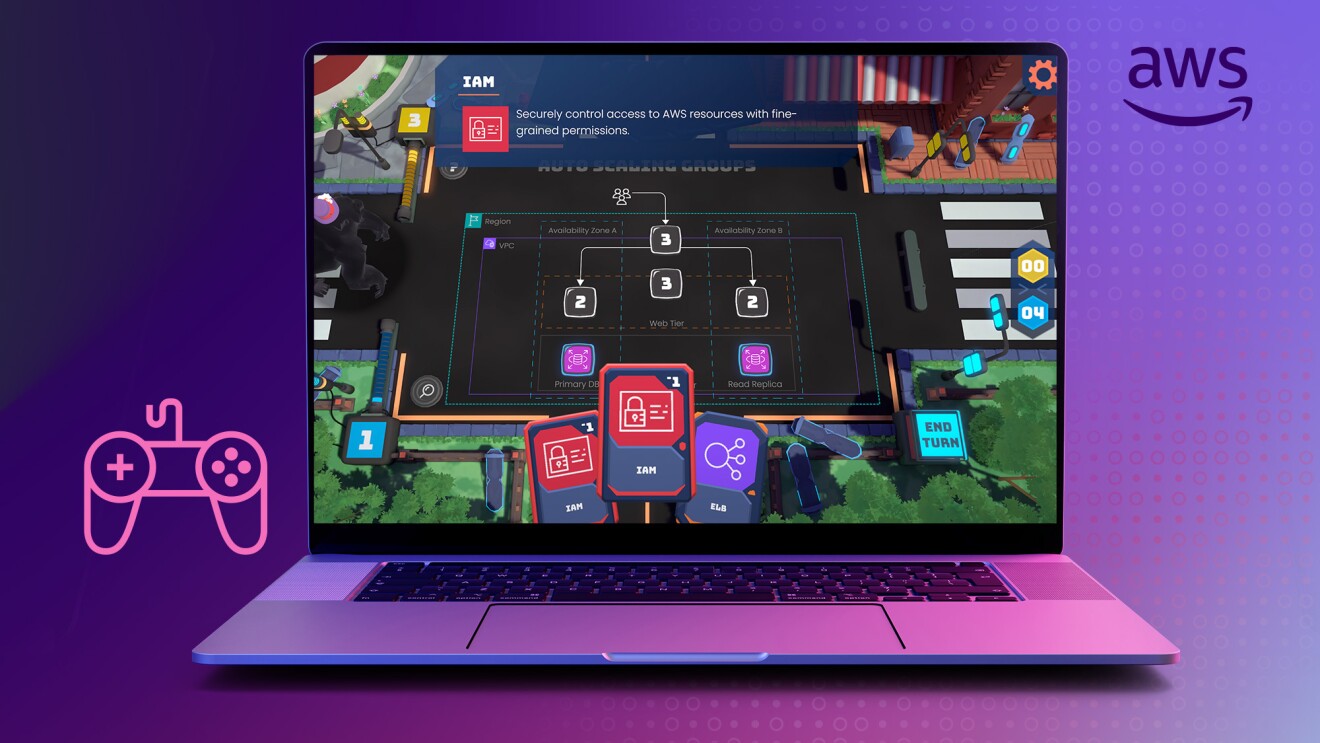Key takeaways
- AWS CEO Matt Garman discussed Amazon's investments in U.S. AI leadership and improving the electrical grid.
- Amazon advocates for streamlining permit processes to maintain U.S. competitiveness in AI and computing.
- The company supports nuclear power infrastructure while exploring new solutions like small modular reactors.
- These AI and energy investments are creating economic opportunities across America's heartland.
Today, Amazon joined President Donald J. Trump and leaders across government and industry to discuss how we’re helping the United States meet the energy challenges essential to leading the world in artificial intelligence (AI). The Pennsylvania Energy and Innovation Summit, hosted by U.S. Senator Dave McCormick, brought together energy and AI leaders, along with policymakers, investors, and representatives of key trades to highlight the collaborative work powering AI innovation and advancing America’s technological leadership.
"There may not be a bigger national security imperative than winning this technology race," said AWS CEO Matt Garman. "There is a real flywheel effect where the entire economy benefits and the jobs get better, the innovation gets better, and the amount of prosperity that happens for those that stay ahead is critical to almost every single business and every single industry."
Innovation and impact in Pennsylvania
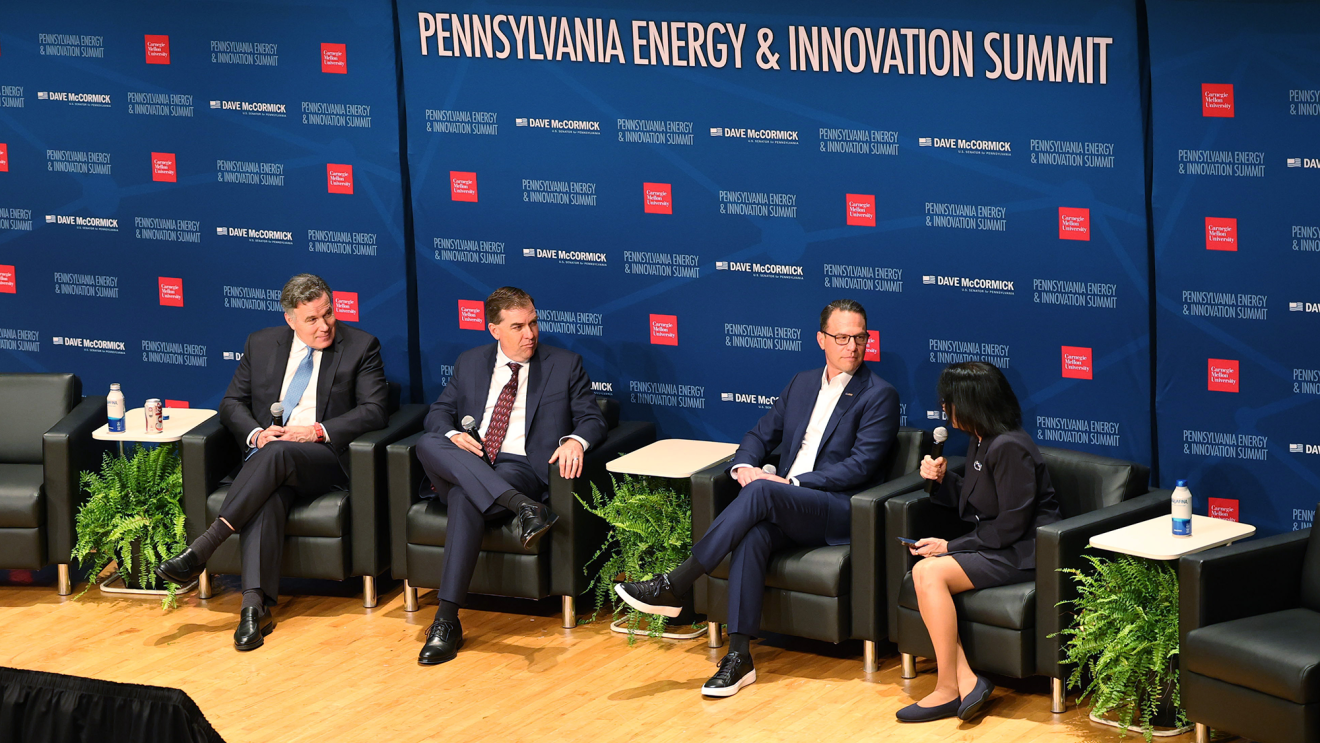 Left to right: U.S. Senator Dave McCormick, AWS CEO Matt Garman, and Governor Josh Shapiro in a fireside chat at the Pennsylvania Energy and Innovation Summit.
Left to right: U.S. Senator Dave McCormick, AWS CEO Matt Garman, and Governor Josh Shapiro in a fireside chat at the Pennsylvania Energy and Innovation Summit.During a fireside chat with Senator McCormick and Governor Josh Shapiro, and later with President Trump, Amazon Web Services (AWS) CEO Matt Garman discussed our recent commitment to invest $20 billion in Pennsylvania to expand our data center infrastructure to support AI and cloud computing technologies.
While these investments are rooted in expanding data centers and networking capacity to support AI leadership, they are also strengthening U.S. energy production and exploring how to bring new energy to the grid.
In Pennsylvania, for example, our investment in the new Salem Township data center campus includes significant financial support for the neighboring Susquehanna nuclear power plant, owned and operated by Talen Energy. The Talen and Amazon relationship will ensure that safe, reliable nuclear energy continues to be generated at Susquehanna for years to come, maintaining its contributions to the local community and supporting Pennsylvania’s energy future while also powering Amazon’s AI innovation commitments in the commonwealth. The agreement also ensures that we fund the necessary transmission infrastructure upgrades to support our operations. This will help reduce costs and pay for local grid infrastructure updates that will benefit all local energy users, according to PPL Electric Utilities.
We’re also exploring bringing new power-generating opportunities to the Susquehanna power facility, including small modular reactors (SMRs), as we work to help sustain Pennsylvania’s energy future while advancing AI innovation in the region.

Our recent planned multibillion-dollar digital infrastructure announcements in Pennsylvania, North Carolina, Georgia, Indiana, Ohio, Virginia, and Mississippi demonstrate that AI innovation is taking root in America’s heartlands. These rural and Main Street communities are becoming engines of technological progress. Our public-private investment model is delivering long-term economic benefits for communities and their residents.
During the fireside chat moderated by Dr. Neeli Bendapudi, president of Pennsylvania State University, Garman joined Governor Shapiro and Senator McCormick to discuss the many ways Amazon’s investment in AI infrastructure will directly benefit Pennsylvanians. The project is expected to create at least 1,250 high-skilled jobs and stimulate economic growth across hundreds of companies in the broader supply chain. But the impact goes well beyond technology.
In addition to our economic investment commitment in Pennsylvania, we’re also supporting STEM education and workforce development across the Commonwealth. We’ve launched numerous training programs to equip learners with in-demand skills for the jobs powering our technologies and across our supply chain. Through the Amazon Northeastern Pennsylvania Community Fund, we’ve also committed $250,000 in grants, up to $10,000 each, to local nonprofits focused on STEM education, sustainability, digital skills, culture and heritage, and health and well-being.
It represents just one example of our broader commitment to advancing cloud computing infrastructure and AI innovation nationwide, while helping to cement America’s position as a global leader in innovation.
Pioneering new innovations and energy solutions
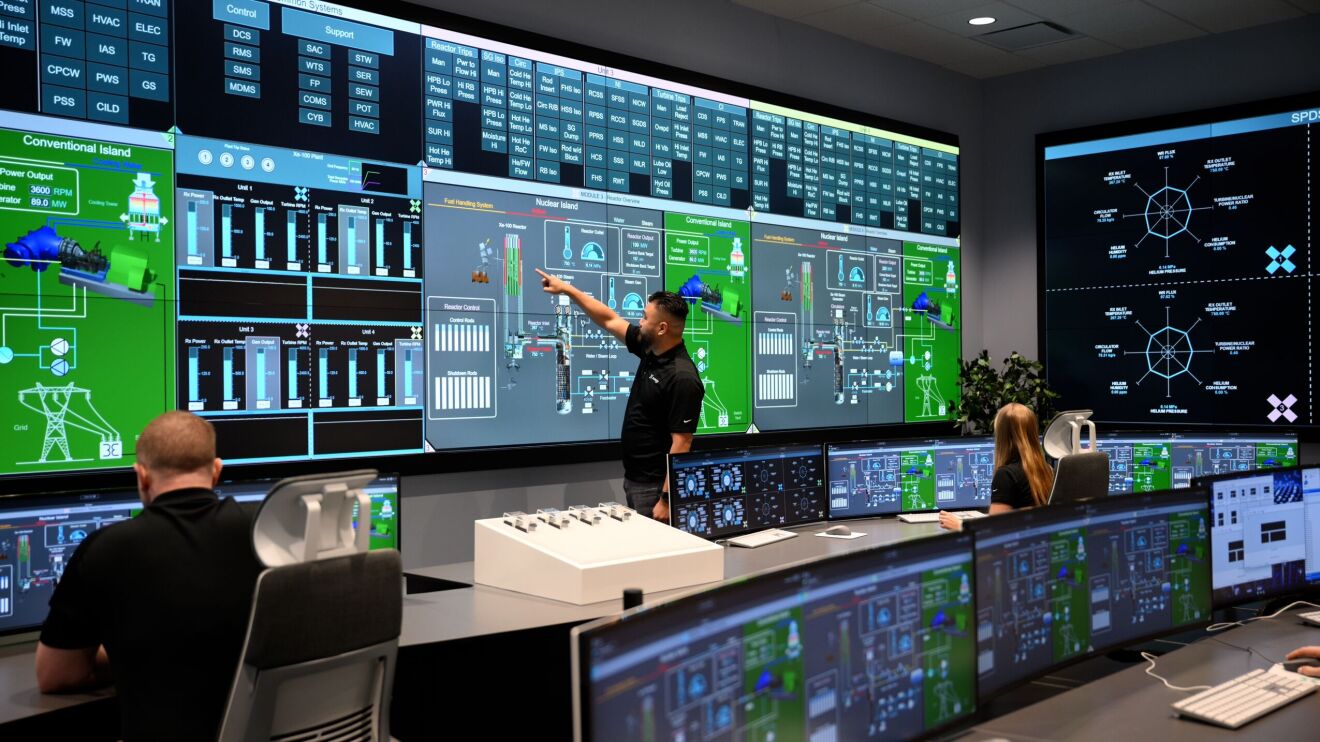
During the summit, Garman emphasized that demand for AI and cloud services is strong and growing. In response, we’re not only building next-generation data centers; we’re also responsibly approaching how we power them.
For more than a decade, we have been investing in a wide range of domestic carbon-free energy sources to help power our operations and bring new energy capacity to the grid. We believe nuclear energy is an important part of the solution. It’s one of the few carbon-free energy sources that is scalable and capable of delivering reliable baseload power, and next-generation designs offer enhanced safety and flexibility.
In addition to supporting existing nuclear facilities like the Susquehanna plant, we’re investing in advanced nuclear technologies. That includes a commitment of more than $500 million to help build an SMR project in Washington state with Energy Northwest. SMRs are faster and more cost-effective to deploy than traditional reactors and can be built in areas lacking the infrastructure to support large-scale plants, bringing carbon-free energy to more regions, faster. We’re also partnering with U.S. national labs to bring the power of our AI technology to help them advance the next generation of advanced and safe nuclear fission and fusion power.
However, even as we work to bring more sustainable, scalable energy to help modernize the grid, more must be done. Much of America’s electrical grid was designed for a different era, with 70% of transmission lines now more than 25 years old. Outdated permitting processes and bureaucratic delays are slowing critical energy and infrastructure progress, placing U.S. competitiveness at risk.
It’s why we’ve encouraged bipartisan collaboration at the local, state, and federal levels to unlock the private-sector innovation and investment needed to strengthen America’s technological edge and ensure long-term economic and national security.
A collaborative path forward
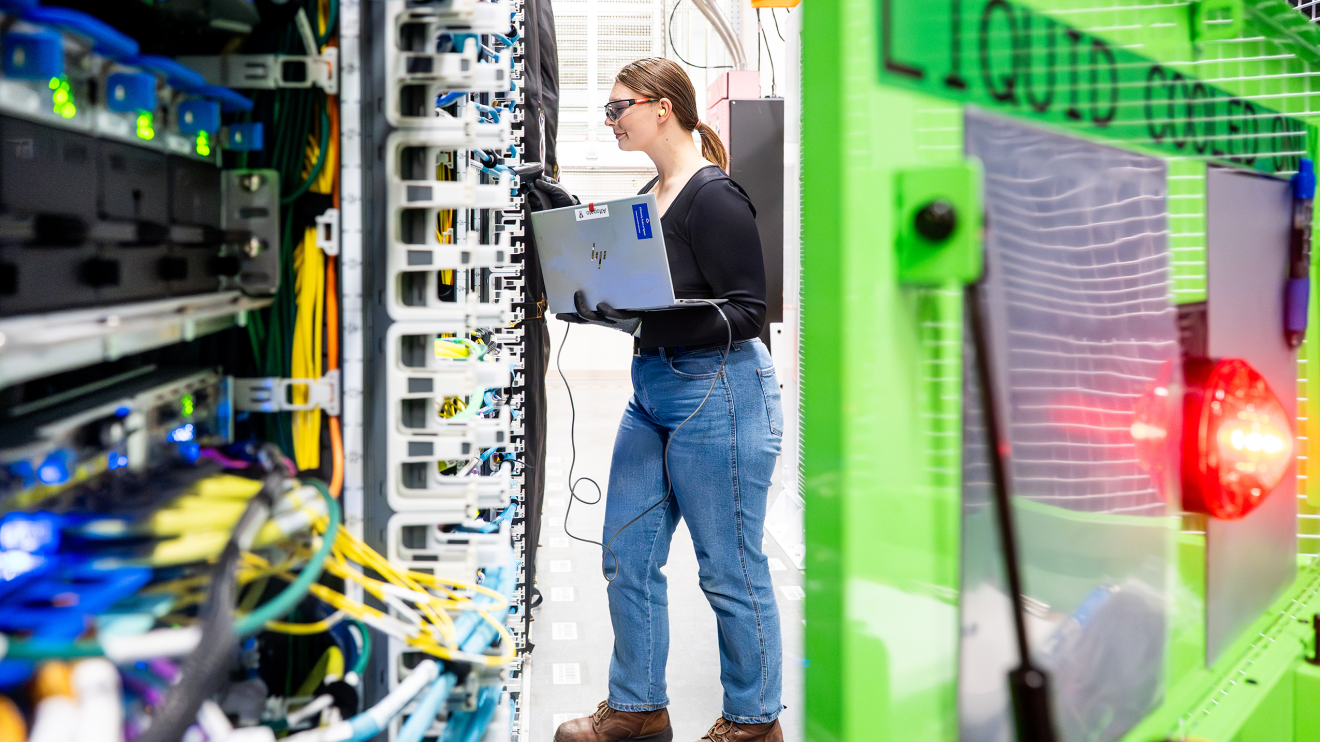
We have been at the forefront of developing cutting-edge AI technologies for more than 25 years. Today, our data centers power startups, support global commerce, enable national security, and drive academic research.
As AI and cloud computing become even more integrated into our lives, we’re scaling infrastructure that’s smarter and more efficient. We’re pioneering innovations like liquid cooling systems for AI processors, optimizing server designs, simplifying electrical and mechanical designs, and maximizing how power is used by optimizing how we position racks in a data center. Research has also shown that AWS infrastructure is up to 4.1 times more energy efficient than traditional on-premises data centers.
As demand for AI and cloud computing accelerates, so does the need for reliable, scalable energy to support it. That’s why we’re committed to working closely with policymakers, energy regulators, customers, and community leaders to ensure the U.S. remains at the forefront of both technological and energy innovation.
Together—with continued public and private sector collaboration—we can deliver on the full promise of American innovation.
Learn more about how Amazon is making its data centers more sustainable, through hardware and liquid cooling efficiency, reducing carbon emissions, and optimizing workloads.
